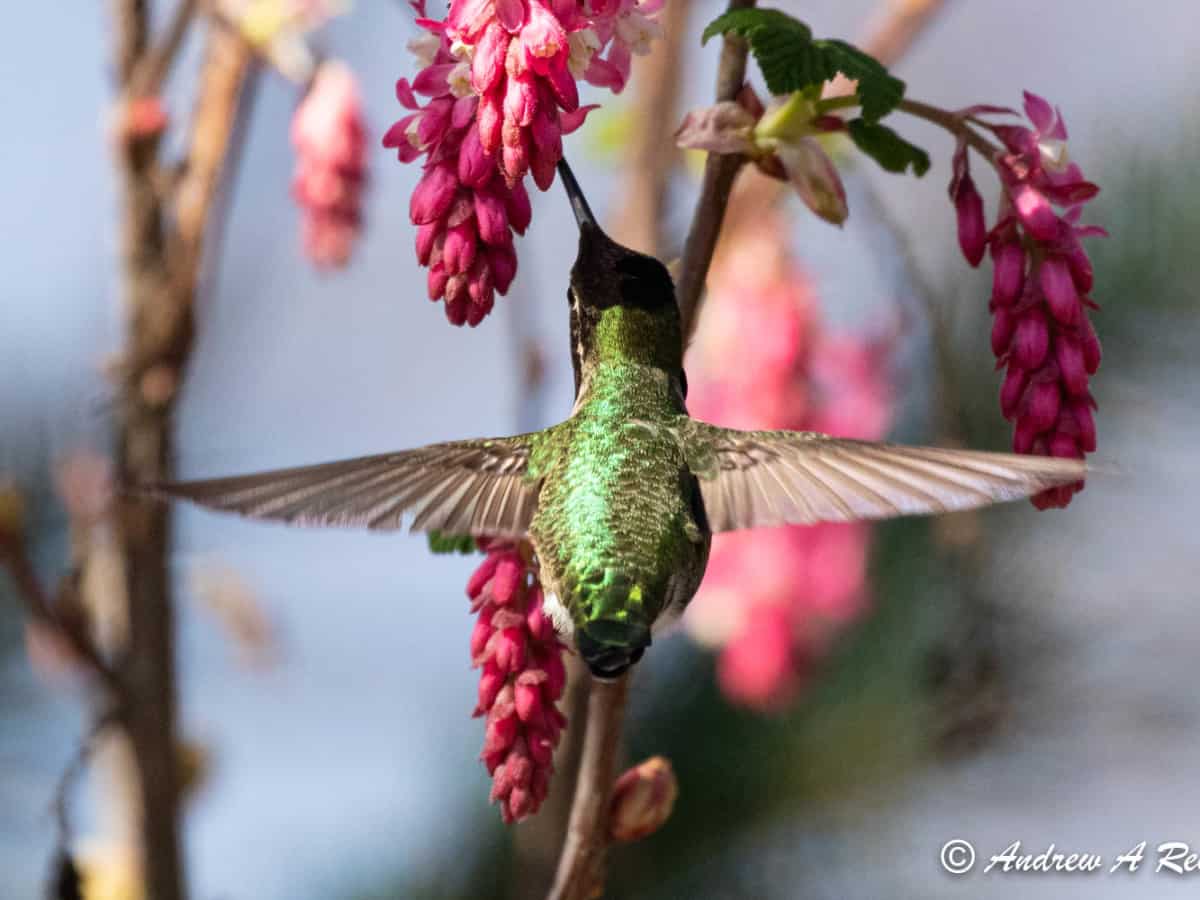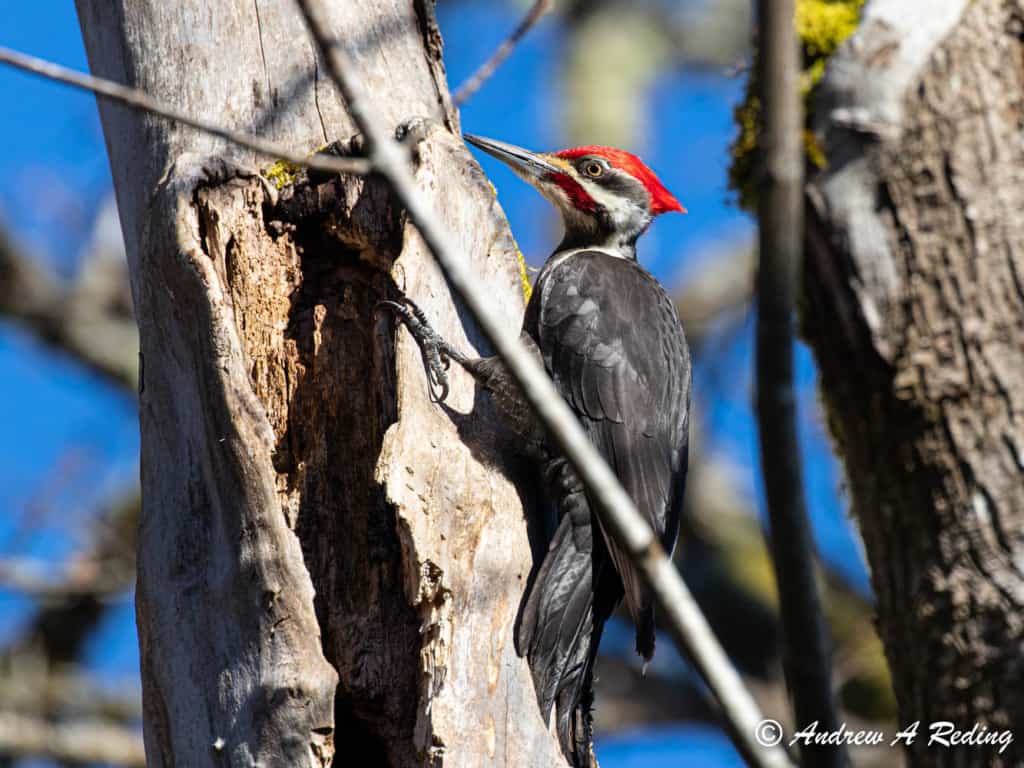
Spring observations from Diablo Lake
March 19:
As we reach the Spring Equinox in the upper Skagit Valley, we have experienced our first days of over 60 degree weather, along with seven straight days of sunshine. Deer have been active on campus and in Marblemount. Common Snowdrop, often one of the first bulbs to bloom in spring, is flowering at the Confluence Farm, where Diobsud Creek meets the Skagit River. Salmonberry flowers and mullein are emerging around Hamilton.
Calves are being born and taking their first precarious steps in fields up and down the valley. Pairs of bald eagles can be spotted in nesting trees in the lower parts of the valley. Red-breasted sapsuckers and other woodpeckers can be heard drumming as they establish territory and seek mates. The distinctive spring’s heeerrree call of chickadees can be heard from the edge of the trees and barred owls are calling their “who cooks, who cooks for you” call at dawn and dusk.
Trumpeter swans who have wintered over in farm fields around the lower valley are heading north to their breeding grounds, passing overhead in great Vs, white bodies against blue sky. The Snow geese will be leaving soon too.
April 1
In true spring fashion, this past week in the upper Skagit Valley we have seen a swing from sunny 60 degrees days to 40 degrees and rainy! Fresh beaver tracks were spotted on the beach of the Confluence Property and an abundance of chews in the willow groves along Diobsud Creek show that beavers are busy rebuilding their lodges that were washed away during winter floods. These same willows are flowering with fluffy white cylinders, called catkins.
A staff member came across arrowleaf balsamroot sunflowers in bloom up the Twisp River, where meadowlarks have arrived in force and are filling the air with song. Valley walls will be green and golden in the coming weeks.
Grouse can be heard consistently drumming to attract females to their territory — oftentimes the same grouse will return to drum on the same log year after year. Turkey vultures have returned to the Skagit Valley for the spring, soaring on thermals in the valley with their distinct wobble.
Just as the appearance of vultures marks the change in season, so does the noted absence of wintering bald eagles in the upper reaches of the valley who have started to return to Alaska and Canada where they reside the rest of the year. ⠀⠀⠀⠀⠀⠀⠀⠀⠀
⠀⠀⠀⠀⠀⠀⠀⠀⠀
Keep an eye out for returning songbirds, or the absence of winter residents. Especially with colder and wetter weather this week, birds will likely be frequenting feeders.
Please note that The North Cascades Environmental Learning Center campus is closed to the public, as are visitor facilities and campgrounds in North Cascades National Park. Photos by Andrew Reding.

